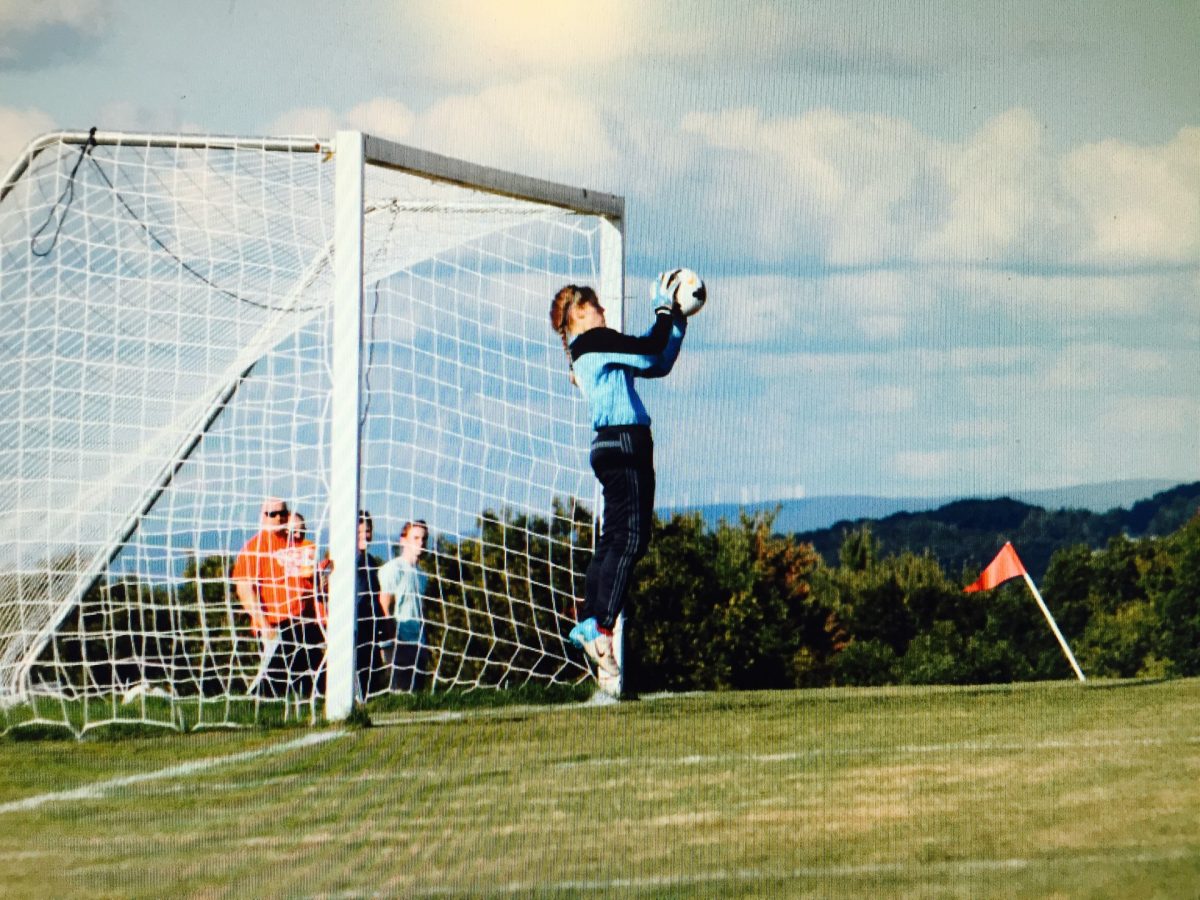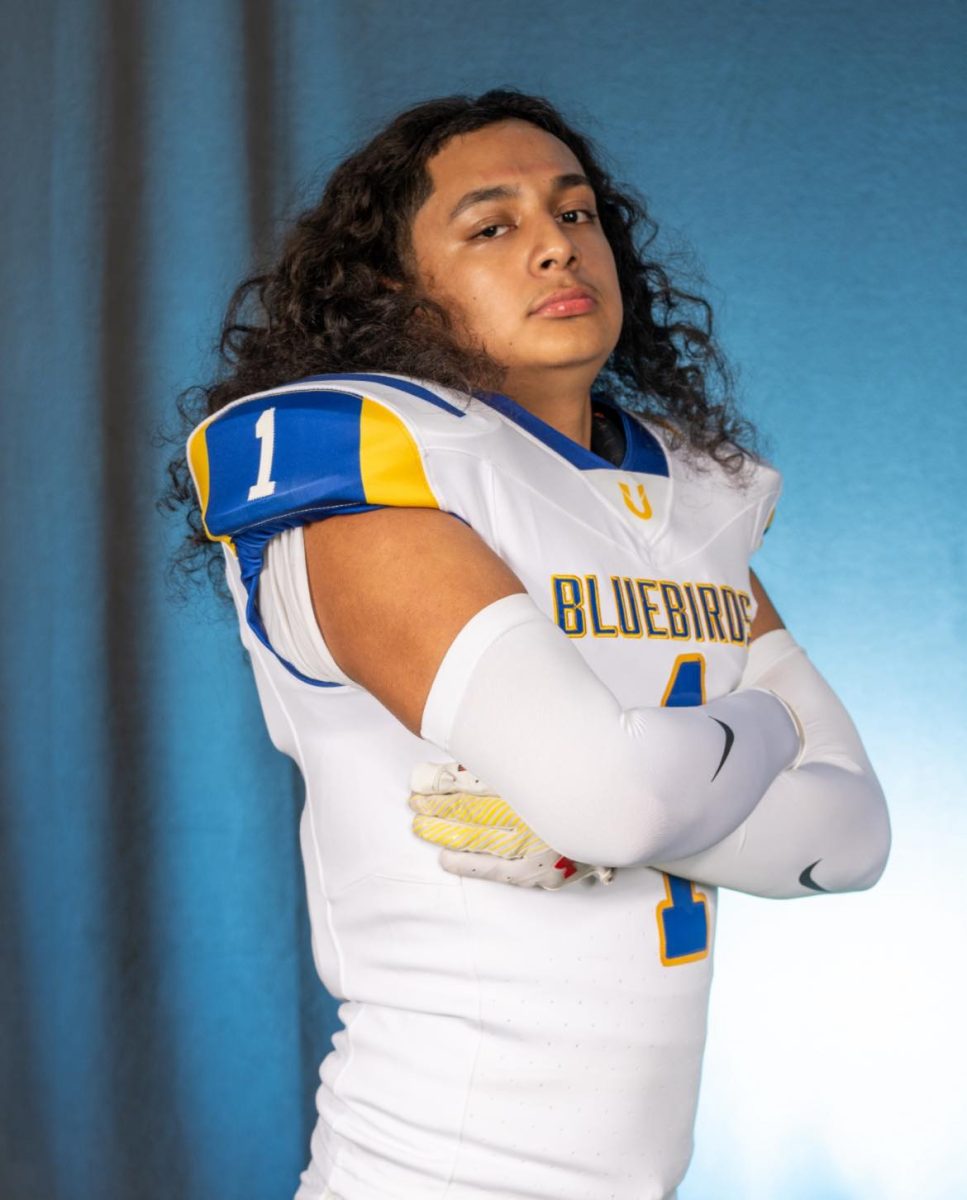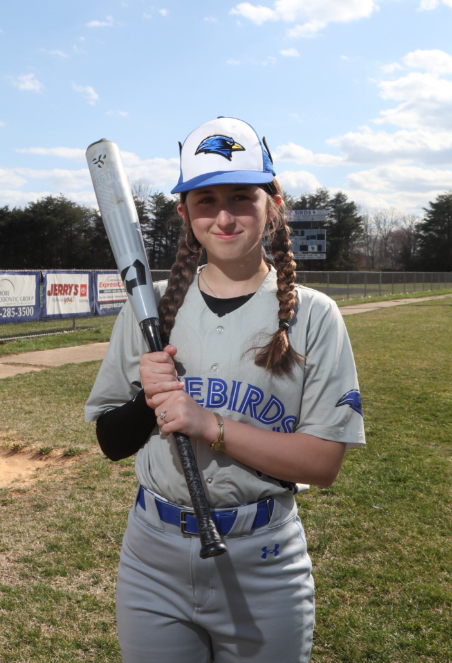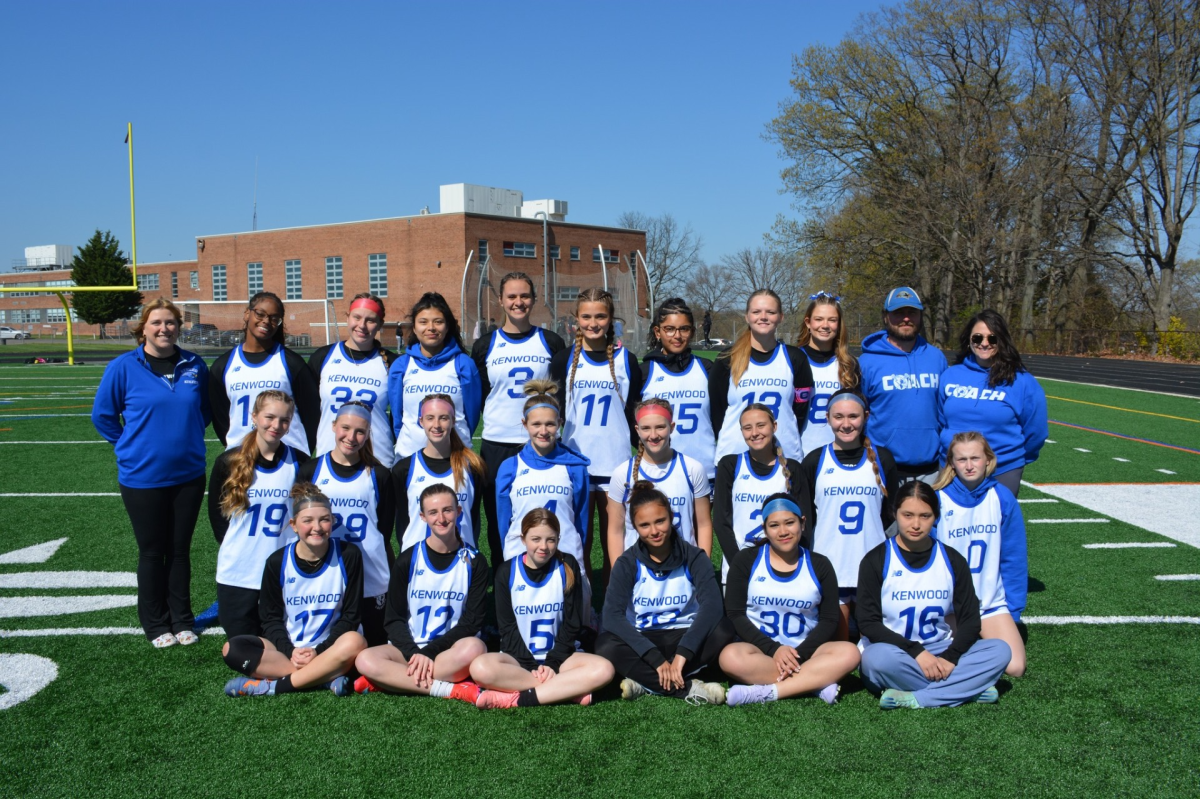Imagine having to wake up before 7am for school everyday and not getting home until 8 or 9 pm, just to repeat the same thing for five days a week for an entire sports season which is often 3-4 months long.
This is the demanding life of a student athlete and it’s to forget how long and sometimes exhausting their days can be.
Student athletes stay at school for 7 hours Monday through Friday often followed with having 2-3 hours of practice each day of the week. On game nights they are often not leaving the school until 8 or 9 pm. These long hours weigh on student athletes’ overall health even when they actively participate in a sport they enjoy. The demands on their time, body, and mental focus an have an effect on their academic performance, along with athletic performance, and sometimes their overall health whether physical injuries and mental health struggles with managing the expectations of all that they balance in and out of the classroom.
Kenwood junior soccer player Cierra Bullock shares that the long hours after school have made her “very. very tired”. She also adds, “It stresses me out at times to know right after school I have hours of practice to attend.”
A growing concern for middle and high school aged student athletes is also the alarming increase in injuries for adolescent athletes. According to the Sports Related Injuries and Performance by the Minnesota Sleep Society, “The strongest predictors of sports injuries in adolescents are insufficient sleep. The research showed that 65% of those students getting less than 8 hours of sleep at night had injuries. This is a 1.7 times greater risk of injury than those teenagers getting more than 8 hours of sleep.”
Exhaustion appears to play a key role in athletic injuries and once in season, it’s hard to get the necessary sleep to mentally and physically stay on top of their game. Kenwood senior Vance J was once a dedicated basketball player in the school he attended before KHS. His sophomore year he was practicing 5-6 days a week in preparation for the upcoming season when he tore his ACL, ending his basketball career. “I could have went back but after all the time off healing and being away from the demands of the sport, I decided not to go back,” he shares.
Another cause of athletic injuries is the concern of overuse of the same muscles and tendons. Dr. Molly McDermott with the Cleveland Clinic of Sports Medicine shares, “The repeated stress placed on a bone muscle or tendon or where muscle attaches to bone can cause injury, especially in younger athletes still growing. For instance, if you’re playing soccer and playing all year round then you’re running and that’s constant pressure on your knees which is repetitive stress on the knees. This repetitive stress causes small traumas to the same area which can lead to these overuse injuries.”
Though there is definitely a balance that needs to be found in the day to day and season to season with young athletes, KHS soccer coach Tomasura, feels that “Though, it is definitely tiring and overwhelming at times to balance school, sports, and other personal responsibilities, it is also very rewarding and enjoyable to be a part of a sports team.” She also feels that “I think sports can have both positive and negative effects depending on case by case situations. Ultimately though, I think that sports is a very beneficial experience because it allows student athletes to be part of a team, learn how to manage their time, and it helps build character through perseverance and dedication.”
The student athletes in your life are balancing a lot and taking time to rest is important to their overall health mentally and to prevent injuries. Student athletes work hard and their dedication to their sports help grow them into successful adults but be sure to support them on taking care of themselves along the way.
Sources:
“Sports Related Injuries and Performance” Minnesota Sleep Society. MNSleep.net. 2020. Web Accessed 16 December 2024.
Horton, John. “Preventing Overuse Injuries in Young Athletes with Molly McDermott, DO” Cleveland Clinic. 28 August 2024. Web Accessed 16 December 2024.






